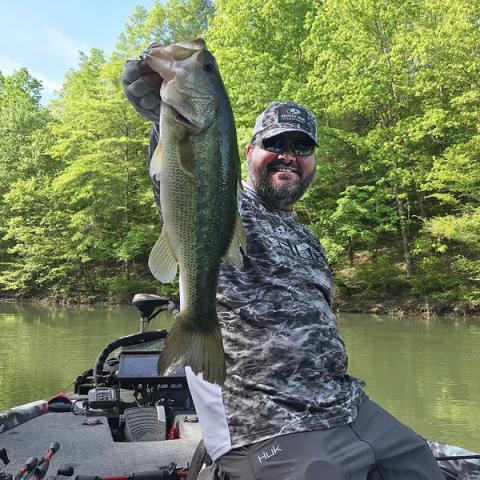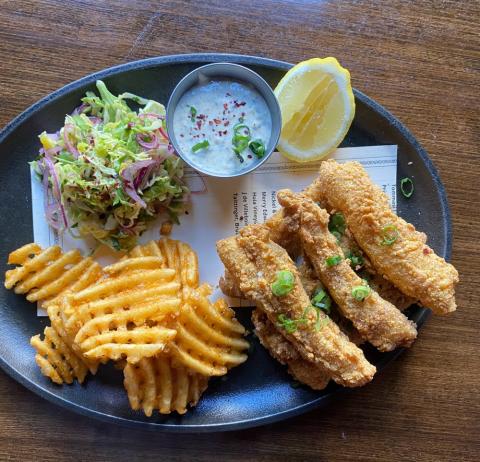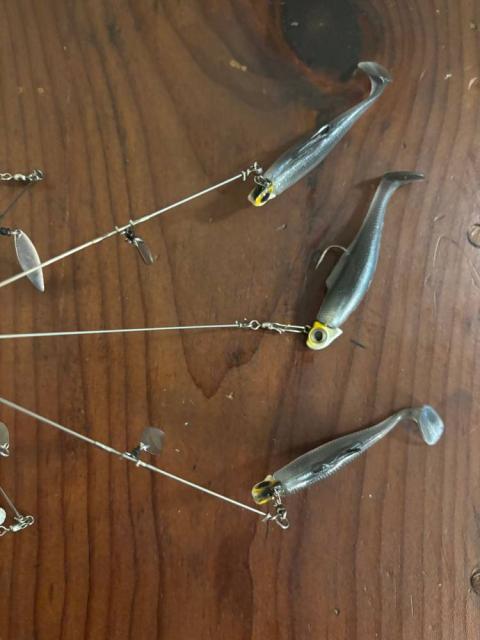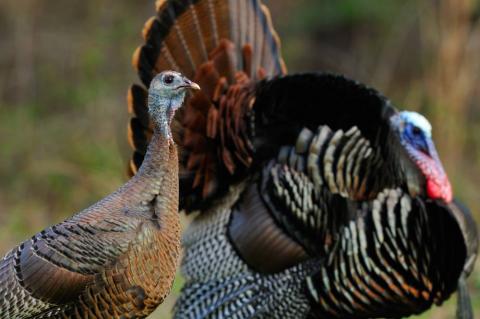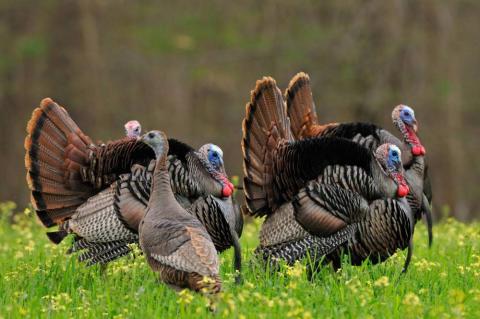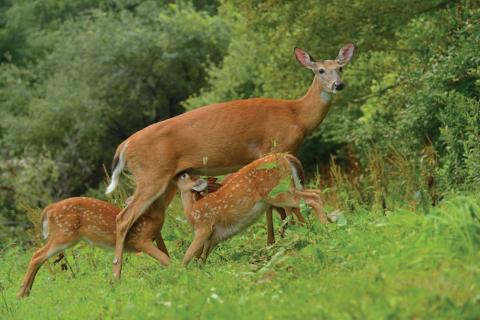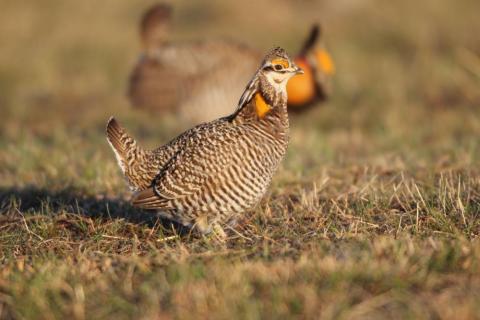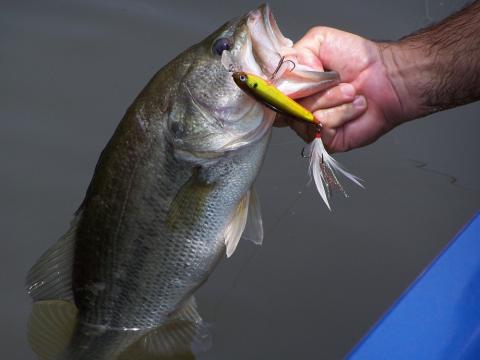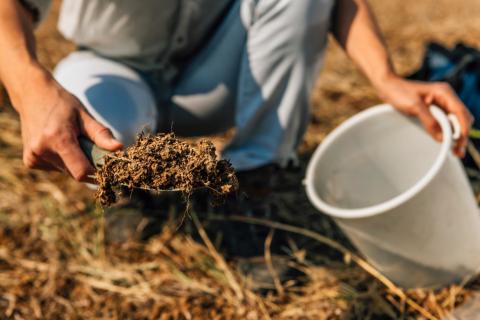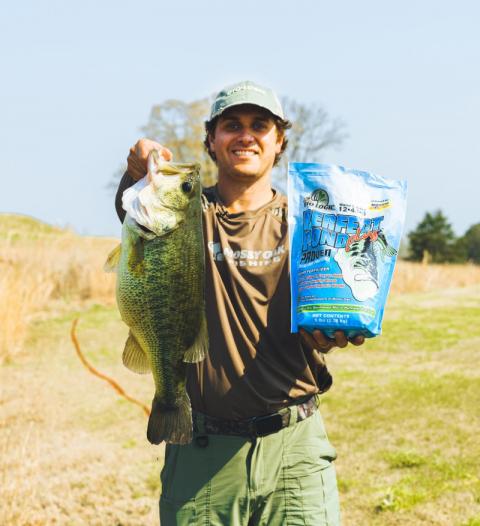Establishing a career as an adventure photographer is both exciting and terrifying. On the one hand, it opens up opportunities to explore and capture some of the most beautiful scenery the world has to offer. On the other, it requires you to cut loose from a “regular” occupation with no guarantee of success.
However, with the right, business-minded approach, adventure photography is a perfectly viable career that can be fulfilling both personally and financially. While it’s essential to use your creative talents and instinctive exploratory nature, you must also maintain a level of discipline to keep your business healthy.
To transition from an amateur photographer to a small adventure photography business, you may need time. Adventuring can be expensive, so don’t expect an overnight success story. Although the sites and imagery are incredible, you have to balance them with early mornings and late nights editing.
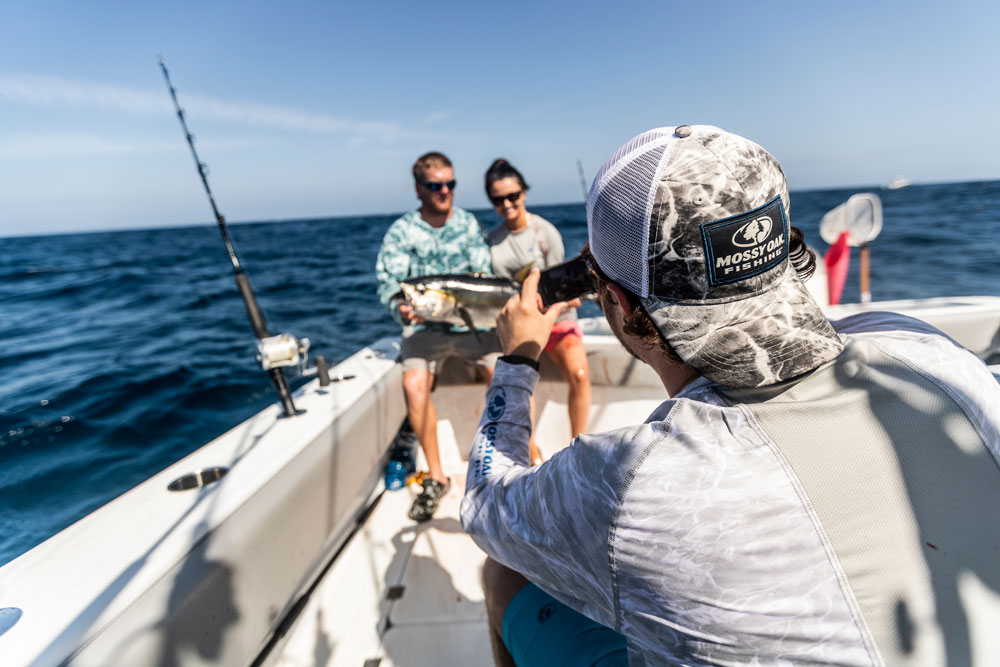
Invest in Your Career
Unfortunately, cameras, editing software, clothing and travel are expensive. Costs represent the most significant barrier of entry to the photography industry. While you may be unable to afford a several-month trip photographing the colorful Vinicunca mountains of Peru at the beginning of your career, you can dedicate time to learning your craft on a local scale at state and national parks.
Before upgrading to a new and expensive camera, learn how to get the most out of your current one. Use free learning resources like blogs, webinars and YouTube tutorials to upskill and increase your knowledge about hardware, editing software and growing a business.
As your business develops, you can plan more elaborate adventures and invest in better equipment. Although these may require a higher initial investment, they may also open up new revenue streams.
Set Clear, Measurable Goals
A major key for business success in any field is goal-setting. In the era of social media, adventure photography is often viewed as a hobby more than a business. Deciding whether to formalize your photography business is a big decision.
Registering your photography business means you are accountable for all legal and financial responsibilities. However, owning a small business gives you several advantages, such as tax incentives. Travel, insurance and equipment expenses can be subsidized by owning your business. There are also government incentives for certain sections of the population, including veterans, minorities and female entrepreneurs.
Whether you choose to practice adventure photography as a hobby or a profession, goal setting remains critical. Start by establishing the long-term objectives of your business, such as financial targets, social media following, number of clients, travel locations, equipment and content ideas. Use these goals to create a business plan and break them into short-term actions.
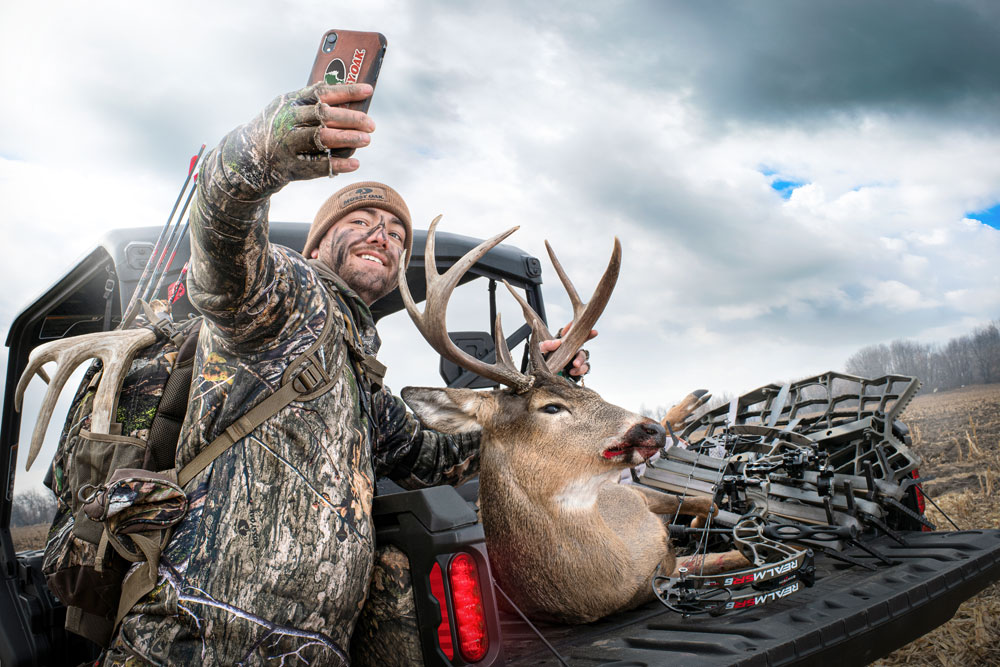
Create a Business Plan
Creating a business plan helps to bring your goals to life. This process can be daunting, particularly if you don’t have a business background. However, it is necessary to determine exactly what needs to be done and what it takes to achieve your objectives.
A business model canvas (BMC) is a one-page business plan. It is a good starting point for budding adventure photographers as they get to grips with formalizing their passion. When developing your first business plan, some valuable resources include Small Business Association, SCORE, BPlans (business templates), American FactFinder and IRS Small Business Portal.
A well-organized business plan can help you to stay on track without sacrificing your creativity. It is the key to maintaining a successful creative enterprise.
Market Across Digital Platforms
Marketing is essential to build different revenue streams. Clients can be sourced through social media channels, content marketing, SEO-based activities and a strong portfolio.
You can also monetize your social media channels through paid sponsorships. As you grow your brand, create pitches for different clients and maximize your potential across all digital platforms.
For adventure photographers, the three most influential digital platforms are:
1. Instagram
As a visual platform, Instagram is the perfect place to demonstrate your skills as a photographer. It has a comprehensive advertising process for business pages, meaning you can pay money to advertise your page to specific demographics.
2. LinkedIn
LinkedIn is a helpful networking website. It is also a great way to advertise yourself in a professional sense. There are opportunities for adventure photographers with commercial-based clients. For example, kayak bass fishing tournaments are run by commercial entities but may require a photographer with adventure and outdoor skills to capture the right imagery during events.
3. Website
In the social media era, many people overlook the importance of a strong website. A clean, easy-to-use, optimized website is essential for reflecting you as a photographer and generating organic traffic.
Focus on creating consistent branding and messaging across your most important digital platforms.
Network with Other Photographers
Networking is crucial for adventure photographers. Fellow adventurers can teach and advise you on ways to expand your client base, market yourself and build a strong portfolio. Establishing relationships with your peers can also open up collaborative opportunities.
Growing your network isn’t difficult, but it means dedicating time and energy to it. Online webinars, photography forums and social media platforms are useful for engaging with other photographers, but physical conventions, workshops and meetups are often better for creating meaningful connections.
Train for Adventuring
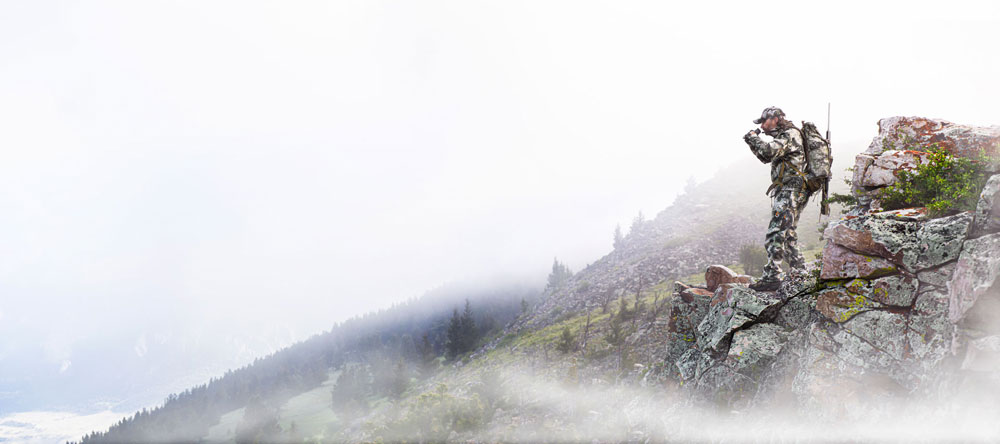
Adventure photography is physically demanding. Depending on your focus area, you may need to walk, hike, climb and camp to get the best shots. Training, conditioning and learning outdoor survival skills are important parts of the job. The last thing you want is to get injured or sick from a lack of fitness or outdoor knowledge.
Learn about ways to source water, build campfires and create shelters while you explore the wilderness. Water filtration is critical. Invest in a hydration bladder, so you have a convenient and portable way to carry water on the go. It’s equally important to know how to clean a hydration bladder to ensure your water is safe to drink.
Adventure photography often involves ascending and descending mountains and hills. This is taxing on the legs and core. Exercises, such as step-ups, lunges, squats and cycling, can help develop muscle strength in these areas.
Learn and Grow
When embarking on a business venture, a growth mindset is essential. Mistakes are inevitable but what really matters is how you learn from them. There are lessons to be gained from both successes and failures.
For quality adventuring gear and clothing, Mossy Oak is your go-to source. Visit our online store today and ensure you’re prepared for your next adventure.














